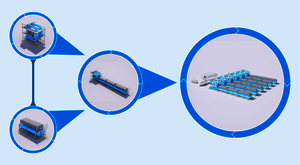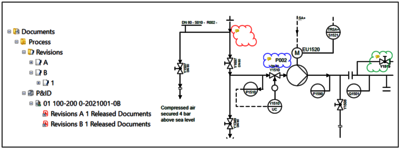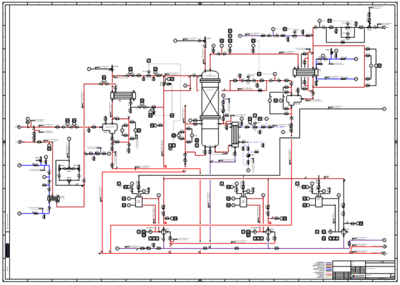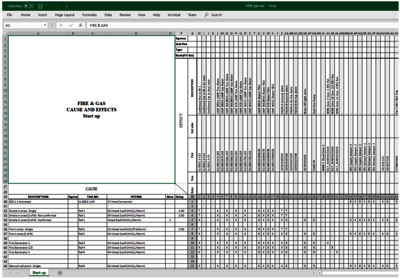
© istockphoto.com / Mailson Pignata
Process Plant Engineering
Chemical plants from FEED and process design through to detailed engineering
Contact:
Engineering Base offers modular design for the process industry on several levels. When it comes to functions such as measuring points, users can turn to the Advanced Typical Manager, which builds on a variant-based modular kit. More complex plant components can be predefined with PFD or P&ID flow diagram cutouts. These components in turn provide parameters for suitable typicals, greatly speeding up the engineering process.

Instrumentation engineers have to determine the optimum sensors and actuators for every task. They are able to use predefined specifications as a starting point in Engineering Base, while the typicals in Engineering Base are a significant help for the steps that follow. A click of the mouse is all it takes to generate a complete data model from the typical, together with all objects and the related tag sheets and circuit diagrams. This type of module can contain everything from the sensor and cables to the corresponding functional blocks. The result is unbeatable speed and consistency.
A series of intelligent mechanisms combine to make changes transparent at all times. From Advanced Data Tracking through graphical revision management to the detailed data history of every single modification made to objects, complete transparency is ensured at all levels of detail and from all perspectives.

While you're making additions or changes to the P&ID, a set of rules is constantly running in the background that assists users with warnings or error messages and can even automatically add correct data. You determine which rules are applied, which means your in-house norms can also be taken into account along with the usual standards.

Defining pipe classes and using them in piping is a vital function for process plant engineering. Engineering Base comes with all the features required, backed up by ease of use.
Engineering Base offers more than just a static digital twin. It also comes complete with the relationships for describing the dynamic behavior of the plant control. These relationships are used in the model to map what is meant to happen if, for example, two out of three sensors emit alarm signals. The cause-and-effect matrix – an important document for the commissioning phase – is generated automatically from these relationships. This method is faster and much less prone to error than the customary manual approach.
